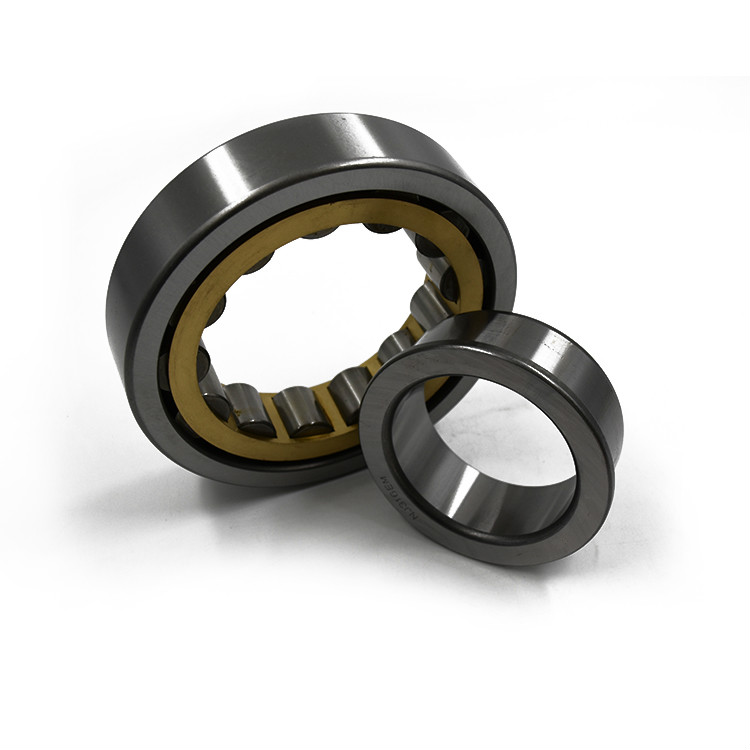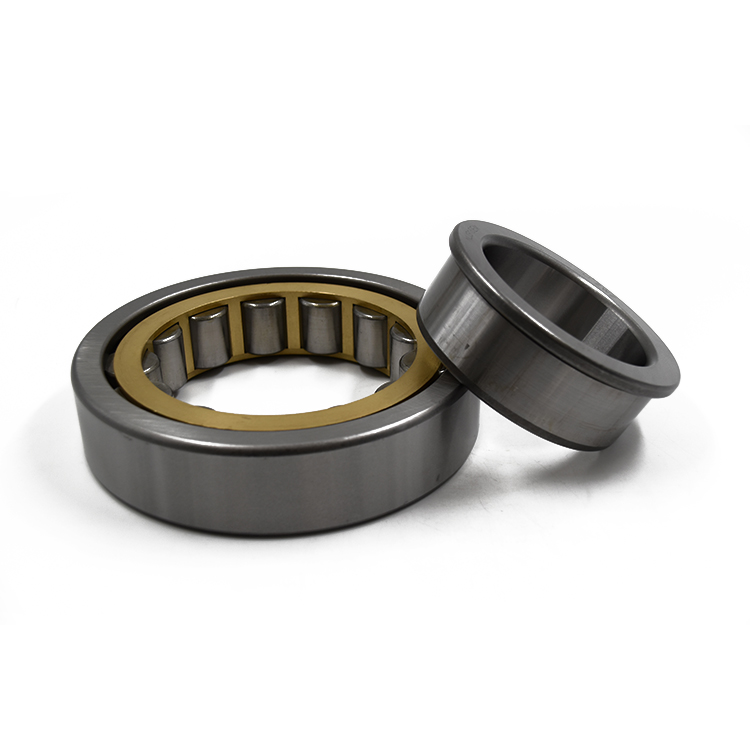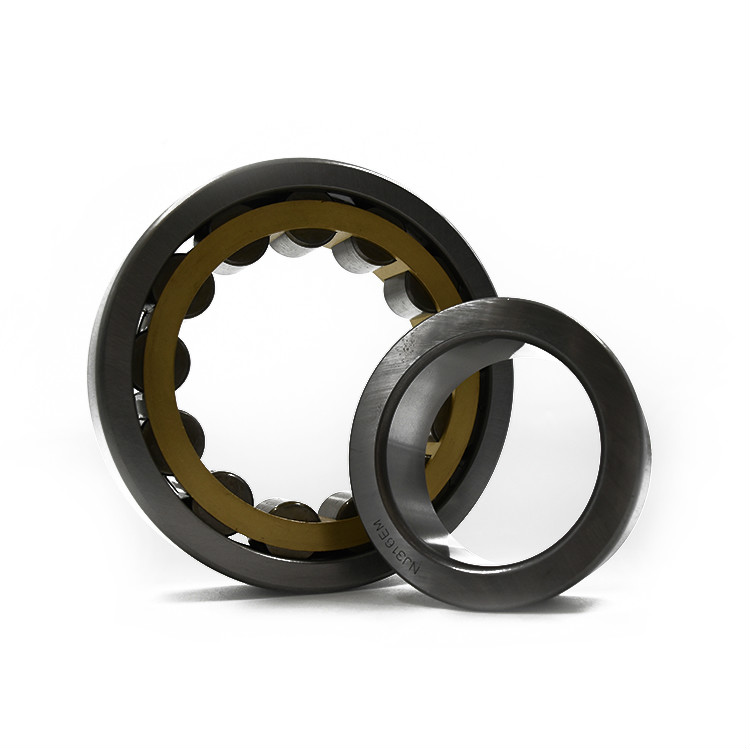The transportation system is a complex and comprehensive system. Considering the road or vehicle alone, it is difficult to solve the traffic problem. The vehicle and the road must be comprehensively considered. Under such a demand background, intelligent transportation combining information technology, electronic communication technology, automatic control technology, computer technology, and network technology emerged at the historic moment. It can monitor traffic conditions in real time, accurately, and efficiently.
Monitoring methods have spring and autumn
1, camera monitoring technology includes visible and infrared video detection methods. It can provide visual images for accident management; it can provide a lot of traffic management real-time information; a single camera and processor can detect multiple lanes. The disadvantage is that large vehicles may obscure the accompanying small vehicles, and the reliability is relatively low; if there are shadows, water reflections or day-night conversion can cause detection errors.
2. The advantage of coil underground technology is that the technology is mature and easy to grasp; the counting is very accurate. The disadvantage is that the installation process has a greater impact on reliability and life; it will disrupt traffic and affect road life when repaired or installed; it is easily damaged by heavy vehicles, road repairs, etc.
3, radar positioning system technology is characterized by very convenient data acquisition and can provide accurate traffic and vehicle-related complete data information, can work around the clock. The disadvantage is that the cost is relatively high, and because of the power, it may produce incorrect information.
4, microwave detection MTD technology can provide real-time information on the road, as well as multi-lane traffic, road usage and models and other information; these information can be transmitted through wireless or use a universal serial communication line to connect to other systems. MTD has advanced technology, low cost and high reliability.
5, RFID technology in the field of traffic regulation has a variety of applications, such as the freeway toll system, vehicle license information management and mobile / fixed audit system, can record vehicle-related details and travel routes and whether it exceeds the scope of operations, also RFID technology can be used to count traffic flow and provide accurate traffic flow data for vehicles and vessels at ports of entry and exit (ports), providing an accurate basis for traffic planning and thus ensuring the smooth and orderly flow of highways and waterways. RFID intelligent traffic supervision has the advantages of waterproof, anti-magnetic, high-temperature resistant, long service life, long-distance identification, fast reading speed, large amount of information collection and storage, accurate data, and corresponding adjustment and lower cost according to environmental changes. The disadvantage is that it is necessary to permanently fix the RFID tag in the proper position of the vehicle body and hull (such as the windshield of the car). The pre-labeling work requires a lot of time and effort; due to the characteristics of RFID technology, its accuracy is To some extent, it will be affected by the environment (temperature, humidity, metal attachments, etc.)
At present, the developed countries have made great efforts in the development of RFID intelligent traffic supervision, and they have gradually successfully promoted and applied this technology in the field of traffic regulation. Typical representatives are developed countries such as the United States.
China's RFID Traffic Management
China has not yet applied large-scale RFID technology in road management and other areas. However, several RFID industry companies have proposed their own road/vehicle RFID management systems to automatically identify and automate non-contact information collection and processing of vehicles. Management of vehicle activities, such as parking toll collection systems, etc.; at the same time, several provinces have carried out relevant tests on the application of RFID technology in highway/railway management.
The working principle of RFID intelligent traffic management is very simple. In the system working process, the reader first sends the encrypted data carrier signal to the RFID car tag through the antenna, the tag's transmitting antenna working area is activated, and the encrypted carrying target identification code is also encrypted. The high-frequency encrypted carrier signal is transmitted via a high-frequency transmit module in the card using a certain modulation method. The receive antenna receives the carrier signal sent from the radio frequency card. After the card reader receives the processing, it extracts the target identification code and sends it to the computer. Complete preset system functions and automatic identification to achieve the goal of automated management.
RFID Intelligent Traffic Management
RFID does not charge parking
In the RFID intelligent traffic management system, the RFID tag can be installed on the dashboard inside the car, and can be used on the first-class highway without deceleration or stopping. After testing in some domestic provinces, the data transmission rate of the RFID intelligent traffic management system can reach 300 kilobits per second, and the label movement speed (vehicle speed) can reach 300 kilometers per hour. The reader is installed directly at each station or intersection with a large traffic flow, and is transmitted to the bus information center through the mobile GSM network using GPRS or SMS communication. In order to avoid the radial interference that may occur when multiple buses pass near the platform or intersection at the same time, causing phase shifts and affecting the reception of signals by the antennas. In some platforms and locations with large traffic, the antenna may be buried.
However, so far, the most widely used in China is the electronic camera supervision technology, which is the "electronic eye" that everyone is familiar with. According to relevant investigations, several anti-electron eye “high-tech†“electronic dogs†and silver powders designed for “electronic eyes†have appeared on the domestic market. "Electronic dog" is an early warning device that alerts you when your car enters the electronic surveillance range. The silver powder is a kind of spray, which is mainly sprayed on the number plate of the car. The part of the silver powder that is sprayed reflects the light. When the light source shines on the opposite side, this part of the number will be unclear or invisible. In this way, escape from the "electronic eye" search.
The traffic police department can't be dumbfounded about these two kinds of anti-electron eye “high-techâ€. Silver can really make the opposite lens clear of the license plate number. However, because the “electronic eye†is above the highway, the silver powder has no effect on the light source above it, so it is not. Affect the normal work of the "electronic eye." As for the "electronic dog," the traffic police department agreed that because "electronic dog" can serve as a reminder and warning to the driver, this is not a bad thing for traffic safety.
RFID intelligent supervision will become the future development trend of traffic management
According to statistics, more than 30,000 people in the world are killed every day in traffic accidents, and 140,000 people are injured in car accidents, of which 15,000 are disabled for the rest of their lives. According to predictions from relevant U.S. agencies, by 2020, the economic losses caused by traffic accidents in the United States will exceed 150 billion U.S. dollars per year, while the economic losses caused by traffic jams in Tokyo, Japan, each year amount to 123 billion U.S. dollars. In China, statistics from the Chinese Ministry of Public Security show that the number of road traffic injuries in China in 2004 caused 107,077 deaths and 480,864 were injured, causing economic losses of 2.39 billion yuan. Traffic accidents have taken away lives and have also taken away global security and valuable wealth. Therefore, the issue of traffic safety has also become one of the top issues that countries around the world have valued and promoted.
Compared with the traditional data collection methods of traffic regulation, RFID intelligent traffic supervision technology has advantages. The development of real-time traffic information collection market is huge. Senior analyst Dan Benjamin said that the market of traffic data collection system is very likely to be replaced by wireless radio frequency technology.
Experts believe that in China, the implementation of RFID intelligent transportation requires two prerequisites: the significant reduction in the manufacturing cost of RFID chips and the widespread acceptance of RFID technology by the domestic public.
It is believed that as RFID technology matures and becomes more and more sophisticated, RFID intelligent traffic supervision can provide traffic safety guarantees for the health and safety of life around the world.
Cylindrical Roller Bearings are bearing in which cylinders are used as the rolling elements as opposed to balls in ball bearings. As such, the rollers have a greater (linear) contact area with the outer ring and are distribute loads across a broader surface. Subsequently, they have a relatively high radial load capacity and are suitable for high speeds. Double-row cylindrical roller bearings have high radial rigidity and are used primarily for precision machine tools.
Cylindrical Roller Bearings are designed to carry heavy radial loads. Our cylindrical roller bearings are made with a single row, two rows, or multi-rows of rolling elements to meet an application's radial load requirement. The radial Roller Bearing is available in many standard series and configurations, they are widely used in multiple industries. The combination of high load capacity, moderate speed rating, and industry interchangeability make it one of the most popular bearing designs. These cylindrical roller bearings are produced in ISO series metric, ABMA series metric and inch, journal type, Full Complement series, multi-row series, and cluster mill sizes. These bearings are dimensionally interchangeable to same numbered and sized bearings in the industry. Components of journal bearings and other standard series are made interchangeable with other manufacturer's components. Many mounting arrangements can be achieved with the multiple configurations available with the same load capacity for a given I.D., O.D., and width. Our cylindrical roller bearings can be manufactured in sizes from 3" bore diameter to 84" outside diameter. Internal radial clearances and cage designs can be engineered to your specific application when special applications are encountered.




Cylindrical Roller Bearing,Cylindrical Spherical Roller Bearing,Conveyor Cylindrical Bearing,Cylindrical Roller Ball Bearing
Shijiazhuang Longshu Mechanical & Electrical Equipment Trading Co., Ltd. , https://www.longsbearings.com